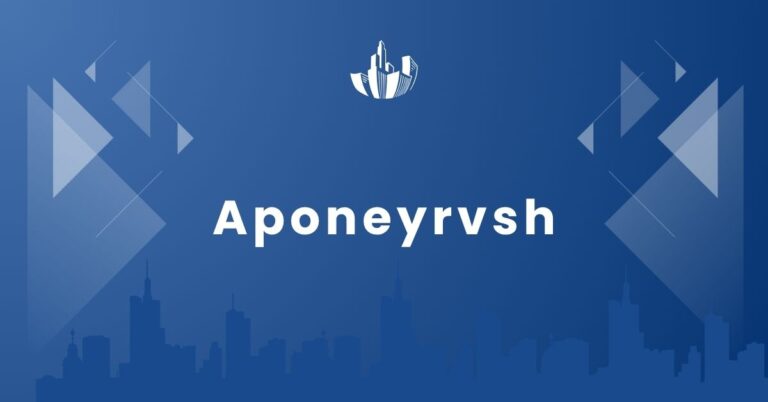Child Care Subsidy Explained: Who’s Eligible and How to Apply

Child care costs in Australia can eat up a huge chunk of family budgets. Many parents pay over $100 per day for quality child care. This financial pressure forces some families to make tough choices about work and caring for their children. The good news is that the Australian government offers help through Child Care Subsidy. This payment can cut your child care costs by up to 90%. In this article, you’ll learn who can get this subsidy, how much you might receive, and the simple steps to apply.
What is Child Care Subsidy?
Child Care Subsidy (CCS) is a government payment that helps families with child care costs. Instead of paying you directly, the government pays your child care provider. This means you only pay the gap between the full fee and your subsidy amount.
The subsidy works for most types of approved child care services. This includes long day care, family day care, outside school hours care, and vacation care. For families with special needs, there’s also Additional Child Care Subsidy available.
Understanding your options and getting the right support is crucial for making child care affordable. For comprehensive guidance on navigating the Child Care Subsidy system and maximizing your benefits, professional resources can help you make informed decisions about your family’s child care needs.
Who Can Get Child Care Subsidy?
Not everyone can get Child Care Subsidy. You need to meet certain rules to qualify.
Basic Eligibility Requirements
First, your child must be under 13 years old and not in secondary school. If your child has a disability, they can be older than 13 and still qualify.
You also need to be an Australian citizen, permanent resident, or have a visa that lets you get government payments. Your child must use an approved child care service that’s registered with the government.
The Activity Test
This is where it gets a bit more complex. Both parents (or the single parent) must do a “recognized activity” to get subsidized care. Recognized activities include:
- Working (including casual work)
- Looking for work
- Studying or training
- Volunteering
- Being unable to work due to illness or disability
The amount of subsidized care you get depends on how many hours of activity you do per fortnight. If you work 8 hours per fortnight, you get 18 hours of subsidized care. If you work 48 hours or more, you get 100 hours of subsidized care.
Some low-income families don’t need to meet the activity test. If your family income is under $69,390 per year, you automatically get 24 hours of subsidized care per fortnight.
How Much Child Care Subsidy Can You Get?
The amount you receive depends on your family’s income and circumstances.
Income-Based Subsidy Rates
Families with lower incomes get higher subsidy rates. Here’s how it works:
- Income under $69,390: Up to 90% subsidy
- Income $69,391 to $174,390: Between 90% and 50% subsidy
- Income $174,391 to $354,305: Between 50% and 20% subsidy
- Income over $354,305: 0% subsidy
There’s also an annual cap on how much subsidy you can receive. For 2024-25, most families can get up to $12,636 per child per year. Higher-income families have a lower cap of $10,655.
Activity Test Hours
Your activity level affects how many hours of subsidized care you get each fortnight. The system looks at both parents’ activity levels and uses the lower one. For example, if one parent works 50 hours and the other works 20 hours, you get subsidized care based on the 20-hour activity level.
Special circumstances can give you more hours. This includes situations like family violence, child protection concerns, or if you’re a grandparent caring for your grandchild.
How to Apply for Child Care Subsidy
Getting Child Care Subsidy is easier than you might think. The whole process happens online.
Step-by-Step Application Process
Start by creating a myGov account if you don’t have one. You can do this on the myGov website. Next, link your account to Services Australia (previously called Centrelink). This lets you access government services online.
Before you apply, gather these documents:
- Your Tax File Number and your partner’s (if you have one)
- Bank account details
- Income information
- Details about your child care service
Once you have everything ready, log into your myGov account and go to Centrelink online services. Look for “Child Care Subsidy” and follow the prompts to complete your application.
What Happens After You Apply
Services Australia usually processes applications within 1-2 weeks. They’ll send you a letter with your decision. If approved, you’ll get a Customer Reference Number (CRN) that you give to your child care provider.
Your subsidy starts from the date you begin using child care, not when you apply. However, you can only get backdated payments for up to 28 days before your application date.
You need to confirm your income estimate each year and report any changes to your circumstances. This includes changes to your income, relationship status, or work arrangements.
Common Questions and Tips
Many parents wonder when to apply for Child Care Subsidy. You can apply before you start using child care or after you’ve already started. However, applying early means you’ll pay less from your first day.
If your circumstances change, tell Services Australia as soon as possible. This includes getting a new job, changing your income, or having relationship changes. Quick reporting helps avoid overpayments that you might need to pay back later.
To get the most from your subsidy, make sure your income estimate is accurate. If you underestimate your income, you might get too much subsidy and have to pay it back at tax time.
If you need help with your application, contact Services Australia on 136 150. They can walk you through the process and answer specific questions about your situation.
Conclusion
Child Care Subsidy can make a real difference to your family budget. With subsidies up to 90% of child care costs, many families save thousands of dollars each year. The application process is straightforward, and once you’re approved, the payments happen automatically. Don’t let child care costs hold your family back. Check if you’re eligible and apply today to start saving money on your child care expenses.






